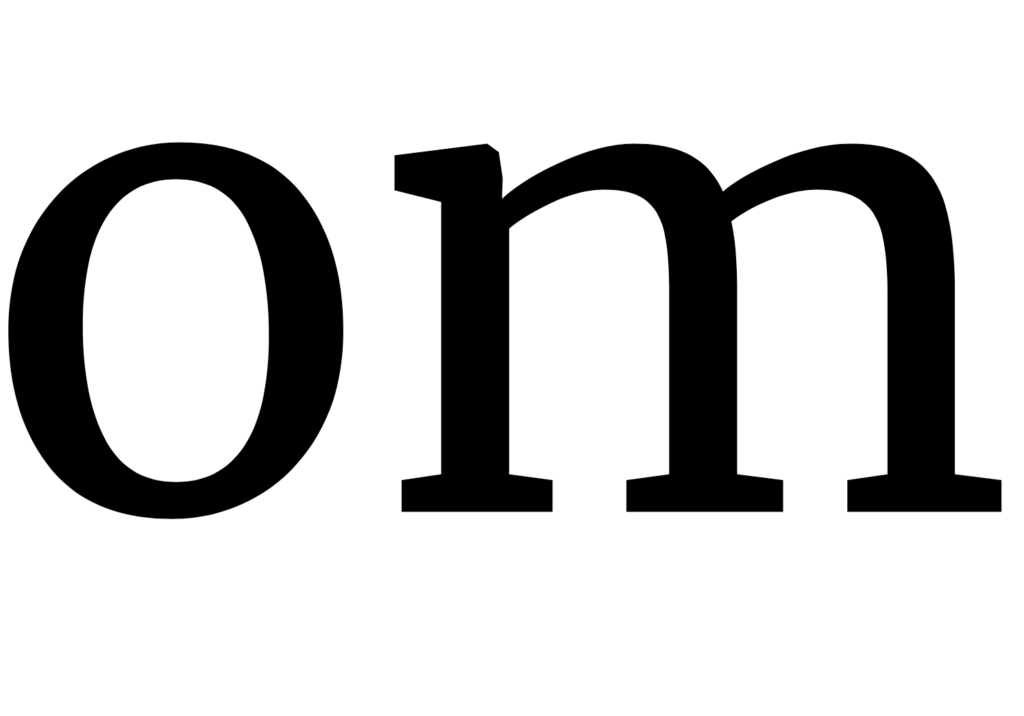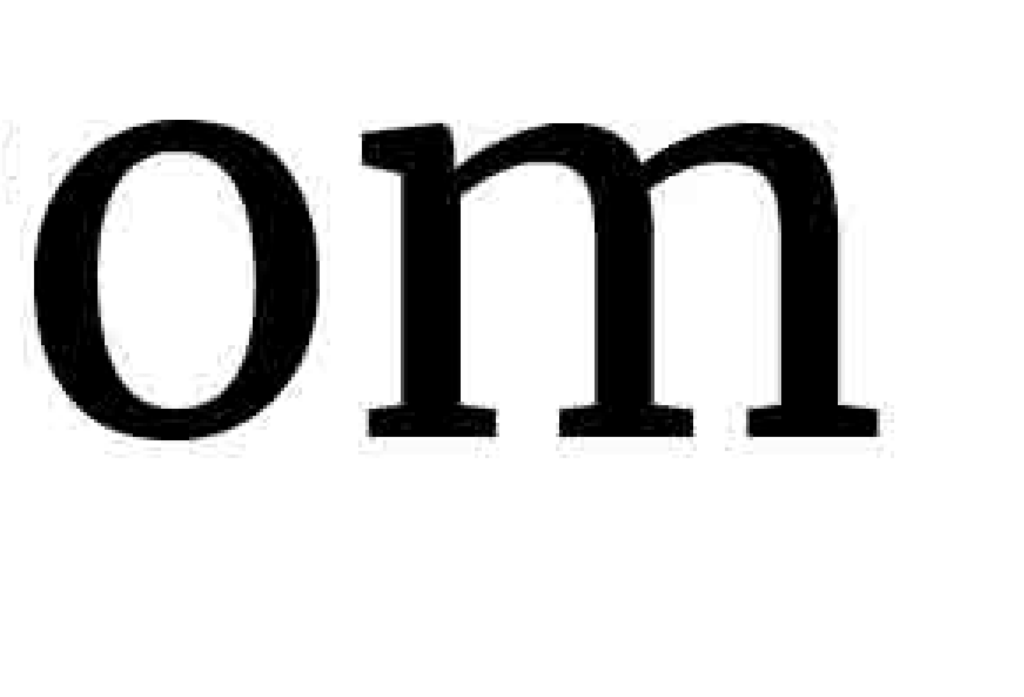You must have seen files with the extension .pdf before. The full form of PDF is Portable Document Format. Hence, it is a document format that is portable. But what does portable mean for digital files? It’s not like you take an image and it says the image is portable, as it is a digital file.
Portable in PDF means that this file format can be sent and received and used in almost all the devices. So like a portable phone (mobile phones) or a laptop (which is portable) can be used anywhere, a portable document can be accessed in any device. Hence PDF stands for Portable Document Format.
Why PDF is the document standard format?
PDF is a very capable format to display both images and text in a very flexible layout. The images and text elements are of high-quality and these documents can be compressed without the loss of quality. It also has superb cross-compatibility, which means sharing documents with anyone becomes faster and easier. These were the reasons why PDf became and still is the document format standard all around the globe.
Adobe created PDF with a vision to have a paperless environment. This is the reason for the cross-compatibility. It was developed in 1993 and was made free of charge but Adobe held the control over it till 2008. After that, it was released as an open standard.
Converting to PDF
So many applications these days allow users to convert both text and images to PDF format with just one click. Almost all of the word-processors allow PDF conversion. I am saying almost here because I may have not used some word-processors, but with all the ones that I have used, PDF conversion is always available.
Here are some word-processors and other software that allows users to convert to PDF:
- Apple’s Pages
- Microsoft Word
Evernote - Google Docs
- Bear (Pro version)
- Adobe Illustrator
- GIMP (Single page)
- Microsoft OneNote
- LibreOffice
- Inkscape
Almost all the word-processors and graphics editors as well (text and image editors in general) allow users to convert to PDF. In case you want to see if the software you are using has the option to convert to PDF or not, here’s how to check:
Go to File -> Save As or Export -> PDF. In case you do not see the export function, Save As should have a list of formats and you can find PDF there. But how to open PDF files?
If you want to convert a file to PDF format online, don’t worry, we’ve got you covered. Visit Freepdfconverter and just drag and drop the files you want to convert and with just a click, you’ll have your PDF file ready.
Since PDF is an open standard format, almost all devices such as PC, Mac, Android, iOS, etc can open PDF files. Even most of the browsers such as Chrome can easily open PDF files. All you need to do is right-click on the PDF file and select open with and select your browser. Or you can simply drag and drop the PDF files on your Chrome Tab.
If you want a specialized application that can not only open and view but edit the PDF, then Adobe’s Acrobat would be the best choice, considering you can afford to pay for it. Acrobat costs $14.99 per month which is expensive unless your business depends on it.
In case you don’t want to use Adobe’s Acrobat, here are some alternatives to view, edit, and share PDF files:
- Nitro Pro
- Qoppa PDF Studio
- Sejda
- Foxit Phantom PDF
- PDF-Xchange editor
- Adobe Illustrator
- Adobe InDesign
Quality


PDF is mostly vector, sparing some images, most of the elements are vector. Vectors are resolution-independent elements that maintain the sharpness and resolution no matter how many times you zoom in on them. Texts in PDF are vector-based and hence, you can zoom in on them and the text remains crisp and easily readable.
The other great thing about PDF is the flexibility of design it supports. Take Microsoft Word or Apple Pages or Google Docs. You can write an article about something, place some images and other graphics, but all of this must be done is a structure supported by these word-processors.
You don’t have a canvas to create a beautiful, magazine-like article. This can be done with PDF files. Just use a graphics editor such as Illustrator or InDesign (preferred) and create a layout as complex as magazines and PDF will support it. This makes PDF so great. Now that you know considerably about PDF files, I hope you understand how to convert to and from it. This concludes the article.
Read more articles where we explain tech-related things in easy, simple ways; Everything Explained Easily:
